Name Hidesaburo Ueno | Occupation Agricultural scientist | |
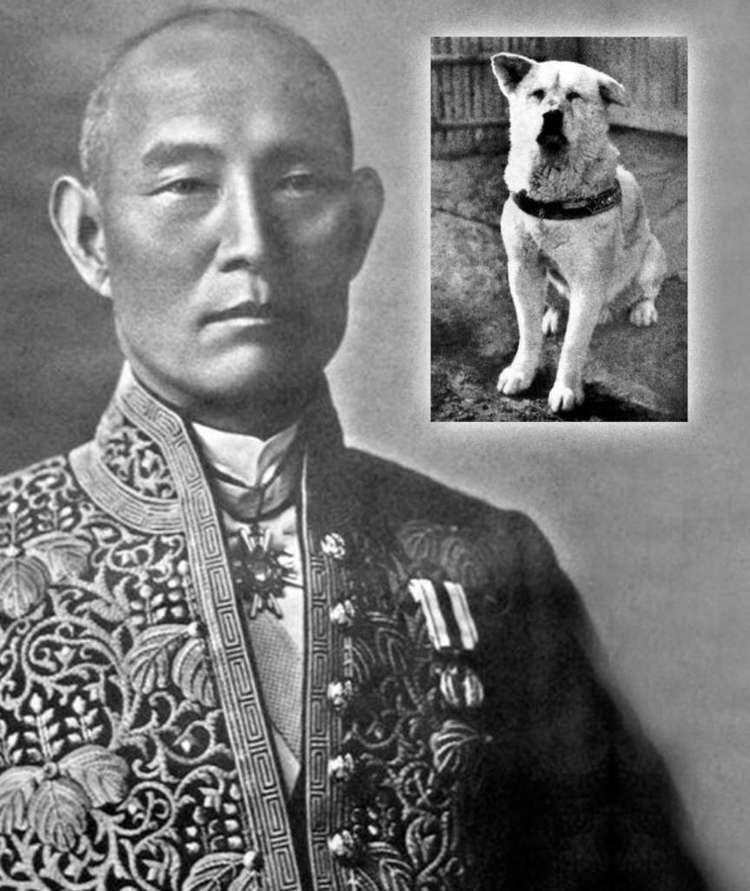 | ||
Known for He is the guardian of Hachiko, a famous dog Died May 21, 1925 (aged 53) Tokyo, Japan | ||
Life and death of hachi lost and very rare photos
Hidesaburō Ueno (上野 英三郎, Ueno Hidesaburō, January 19, 1872 – May 21, 1925), sometimes written as Ueno Hidesamurō was an agricultural scientist, famous in Japan as the guardian of Hachikō, a devoted dog.
Contents
- Life and death of hachi lost and very rare photos
- The true story of Hachiko the faithful dog
- Life and career
- Loyal dog Hachik
- References
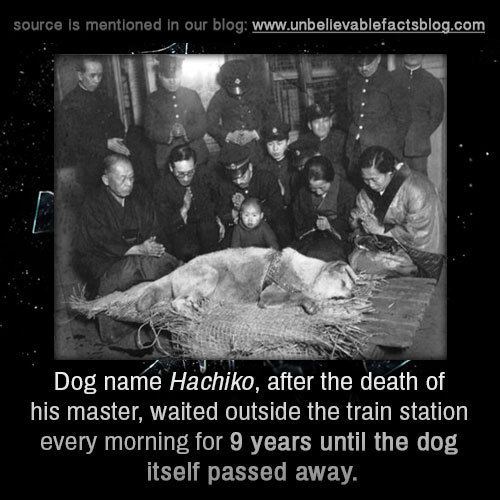
The true story of Hachiko the faithful dog
Life and career
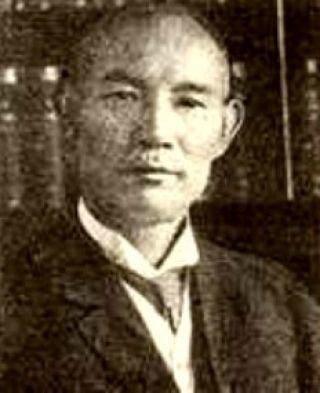
He was born in Hisai-shi (present-day Tsu), Mie Prefecture. In 1895, he graduated from Tokyo Imperial University's agriculture department, and in the same year, he entered graduate school to study agricultural engineering and farm implement research. He finished his graduate work on July 10, 1900, and he began teaching at Tokyo Imperial University, as an assistant professor. In 1902, he became an associate professor in the agricultural university.
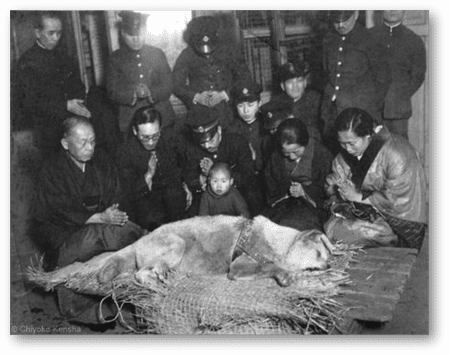
He made efforts toward the education of technical experts in the field of arable land readjustment: studying drainage and reclamation engineering. Technology of the arable land readjustment was used for the imperial capital revival, after the 1923 Great Kantō earthquake.
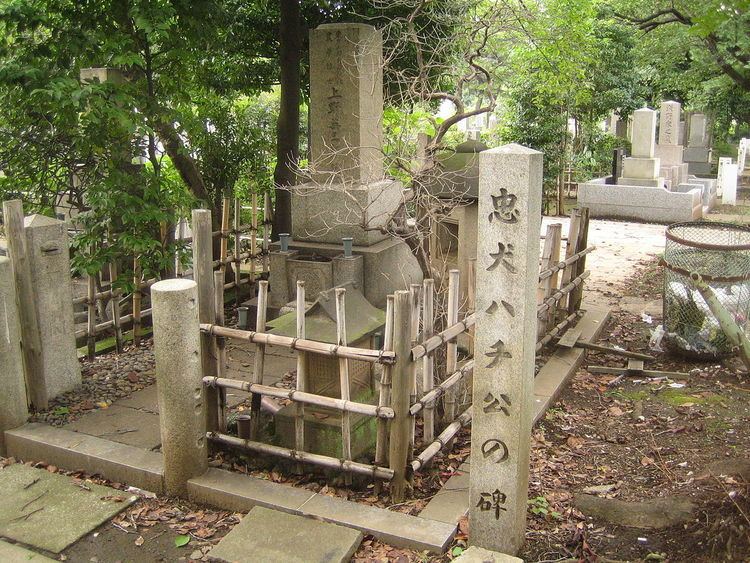
In 1916, he became Professor of Imperial University at the university agriculture department, and he took charge of the agricultural engineering lecture. He provided a program of agricultural engineering specialization in the agriculture department. Ueno died of a cerebral hemorrhage in 1925 while he was giving a lecture.
Loyal dog Hachikō
His dog, Hachikō, became famous for waiting for him every day at the train station even though he had already died. The dog continued to do so until his own death, nine years later. Hachikō is buried beside Ueno in Aoyama Cemetery, Tokyo, Japan. A bronze statue commemorating the dog was set up in front of the Shibuya Station in 1934 a year before his death (March 8, 1935). His story has been subject of numerous books and films.
